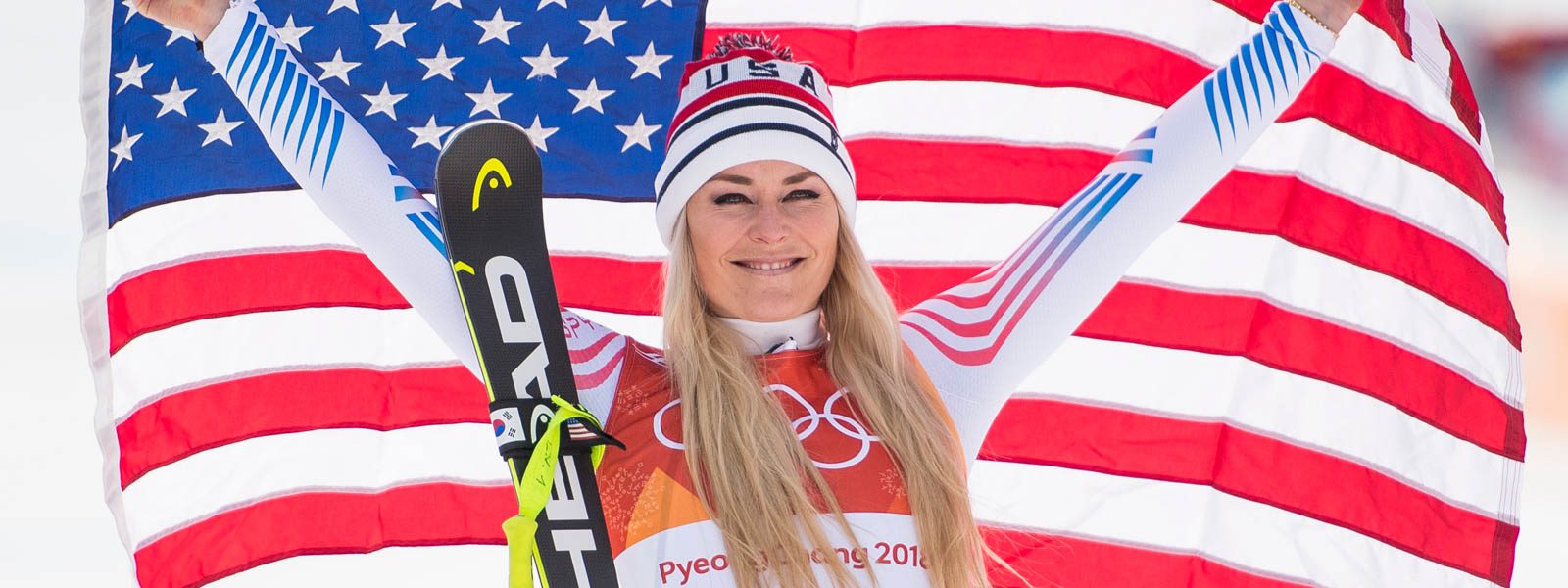Giant slalom specialist Tommy Ford cautious on comeback timing
With the start of the 2021-22 season approaching, one unanswered question remains: Will Tommy Ford, the 32-year-old Bend, Oregon-native be back for his 13th season with the U.S. Ski Team? Last January, Ford crashed just three gates from the finish line in the giant slalom at Adelboden, Switzerland suffering a concussion and torn ligaments in his right knee and left hand. After the season-ending crash, the American ski racer was airlifted to a nearby hospital and embarked on the long road to recovery.
This is not the first time Ford has had to take a long injury-related break. In December 2013, Ford suffered his first season-ending crash fracturing his right femur while free skiing in La Clusaz, France. The accident resulted in a two-year hiatus from the sport, and the ability to compete in the 2013 World Championships and the 2014 Winter Olympics.
Working on a comeback
Ford is uncertain about the timing of his return to the World Cup. “I’ve never torn ligaments like this. So, it’s really hard to tell. I broke my leg years ago and that took two years to recover from. So, it could be one month, two months, or three months, I’m just listening to my body.”
While Ford is certain he will miss the season’s opening GS in Soelden, Austria on Oct. 24, he is hopeful about his recovery.
“I’m feeling OK, my knees are starting to feel better,” he said. “I’m getting some strength back, more range of motion, and feeling pretty normal. Physical therapy every day is the biggest thing, and slowly getting back into more weight training has been key.”
To quickly build up strength and stamina, Ford has incorporated road biking and dynamic workouts such as sprints and plyometrics into his training regimen. He will be traveling to travel to Park City in the coming weeks to check in with the team and to meet with coaches, in particular strength coaches.
“More power work will come a little later,” he concluded. Ford is also taking cues from his long-time girlfriend and former U.S. teammate Laurenne Ross. “I definitely look to her as a good example for work ethic. She’s really driven and thorough with her dryland. She’s been through a lot of knee injuries as well, so I’m asking a lot of questions. It’s been really helpful”.
Ford remains hopeful that he can fully recover before the 2022 Beijing Winter Olympic Games in February. The U.S. team veteran has made two prior Olympic appearances, first in the 2010 Vancouver Games and then again in Pyeong-Chang in 2018. While he typically does not change his training approach in an Olympic year, this year is a little different.
“This year, because I’m injured, is going to be different in general. My whole strategy will be based around making sure my knee is functioning properly,” Ford said. “Beyond that, I want to be as prepared as I can be for every race. That’s how I approach races in general, it doesn’t matter what the event is.”
Approaching the season in a COVID-19 year
Reflecting on COVID-19-related challenges, Ford was unconcerned. “The toughest part for me [during the previous season] was just the logistics and extra testing, which led to an elevated level of stress throughout the year. [But] when it came down to it wasn’t too bad. I think our reactions will be just more used to it, the actual protocols may not be that different. Hopefully, the stress levels will be down a bit since athletes are getting used to having to navigate it.”
Drawing confidence from Beaver Creek
The 2019-20 season was Ford’s career-best with four top-four finishes. This included his December 2019 giant slalom win by a margin of 0.8 seconds at the Birds of Prey race in Beaver Creek. At the time, his victory ended a two-season drought by the men’s alpine team in the chase for a top podium finish.
If his return to competitive racing is possible during the 2021-22 season, Ford plans to focus on giant slalom. As for super G, he said, “if I’m feeling confident in my giant slalom, then, yes, though I don’t see the first half of the season doing much Super-G. It’s hard to say. I’d like to see my giant slalom come back to a high level sooner.”
Asked if he drew confidence from these previous successes, Ford said, “The more experience I have on a hill definitely leads to some confidence, but the day of the race, I really stay focused and stay present, and I don’t allow my attention to be anchored on much outside of the present.” However, most of all, Ford just wants to get back on the slopes. “It’ll be nice to get some snow flying in the air and getting back on skis, at some point.”





















